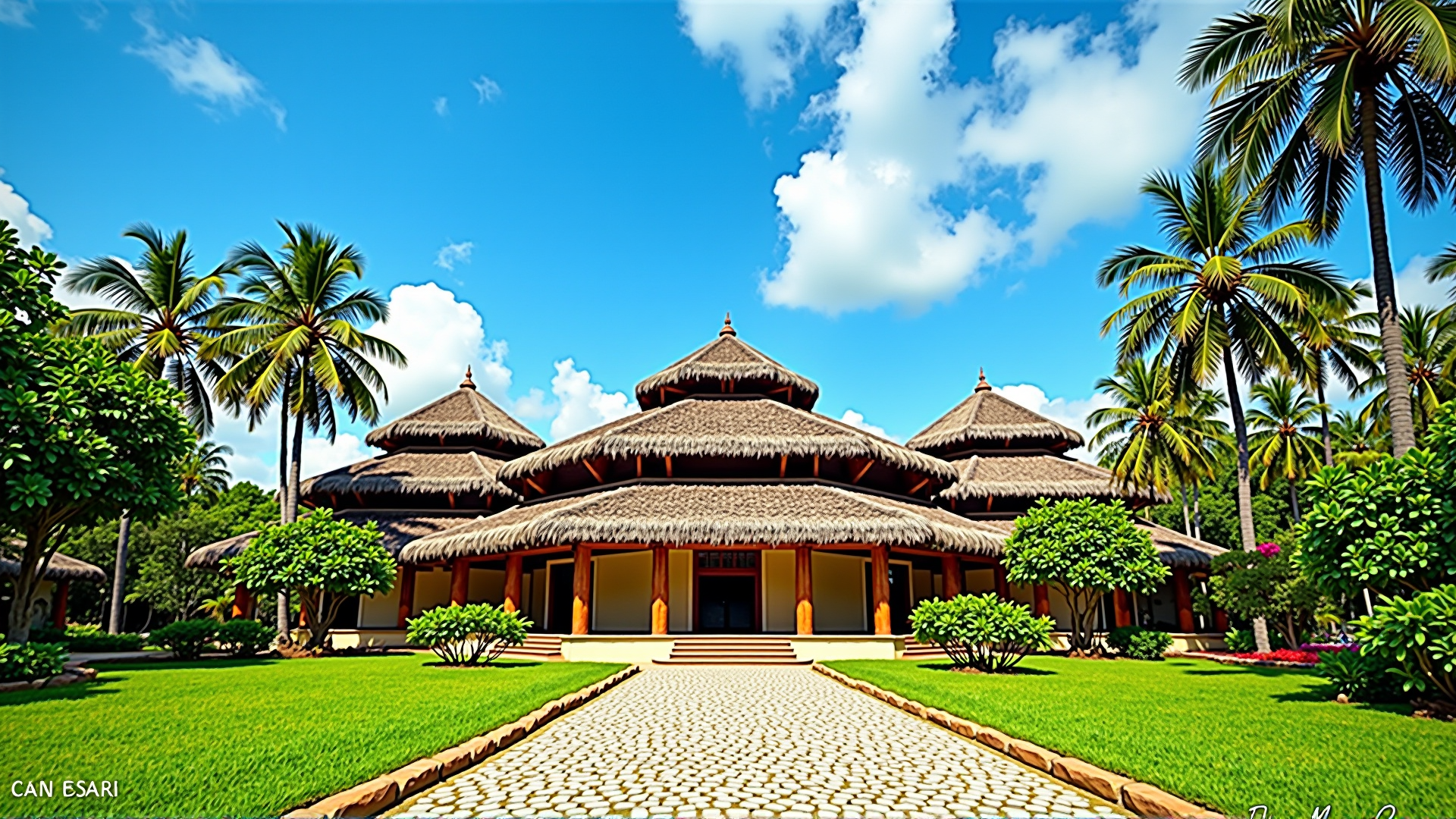Located in Manila, The Coconut Palace stands as a remarkable example of architectural ingenuity and creativity. This distinctive structure emerges from the harmonious use of local materials, with coconut being the focal point. The building serves as a tribute to the coconut's versatility and cultural significance in the Philippines.
Designed in the early 1980s by architect Francisco Mañosa, The Coconut Palace was commissioned to showcase the vast potential of indigenous materials. The palace integrates coconut lumber, shells, and husks into its framework, demonstrating the sustainable use of resources long before eco-friendly construction became a global trend. Its octagonal shape and intricate detailing reflect both modern and traditional Filipino influences.
A key attraction within the palace is its ability to blend aesthetic appeal with functional design. The interiors are adorned with coconut-based features, including impressive panels and intricate carvings. These elements not only highlight the artistic craftsmanship of local artisans but also underscore the majestic versatility of coconut materials in creating beautiful yet durable structures.
Surrounding the palace is a lush garden that complements the natural elegance of the building. The landscaping incorporates native flora, providing a serene environment that enhances the overall allure of the site. Visitors to The Coconut Palace are often captivated by its serene ambiance and the touch of nature it brings to an urban setting.
The palace has been utilized for various purposes over the years, reflecting its adaptability and enduring appeal. It serves as a compelling example of how architecture can be both innovative and sustainable, drawing from traditional practices and the abundant natural resources available.
In summary, The Coconut Palace is not merely a building; it is a testament to the creativity and resourcefulness embedded in Filipino culture. Its design honors local traditions while paving the way for modern architectural approaches. For those interested in architecture that seamlessly merges creativity with sustainability, The Coconut Palace is an essential place to explore.
